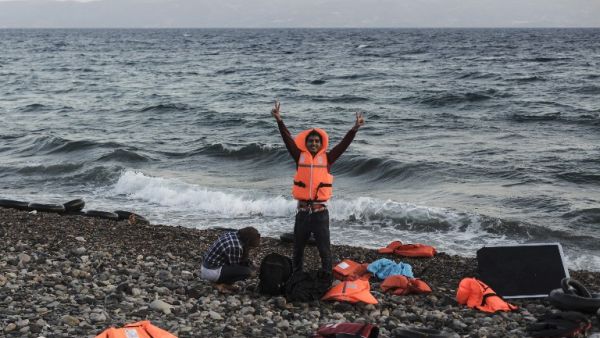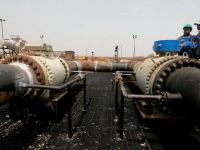This week Germany annouced the overturn of a problematic migrant policy that's been plaguing Syrian and other asylum seekers for years.
The 2003-enacted Dublin Protocol was designed to prevent migrants from flooding into 'favorable' European governments and claim asylum. It means, basically, that the first place foreigners land in Europe must be the same place their asylum case is claimed and processed.
But for people fleeing war or economic hardships in Syria, the land route they must pass through inevitably involves Turkey, then Greece and Bulgaria. Going by sea means landing either in Greece, Italy or the islands of Lampedusa and Malta, and each are wracked with challenges — more than 2,000 people have died on the trip this year alone.
And despite the country's asylum system essentially breaking down in 2010, the Dublin Protocol means Greece keep receiving asylum seekers who are forced to stay. Even if people do manage to surpass that bureaucratic nightmare and reach a new European country, the protocol sends them back to the impossibly inadequate circumstances of the sagging Greek economy.
Germany's move to change this is monumental, but in order to actually be effective, it needs to happen in other European countries, too.
In the meantime, photos keep emerging of what those land and sea trips to Greece actually look like. And we can make up all the figures we want, capturing what those numbers actually mean says a lot more. All photos by AFP.












